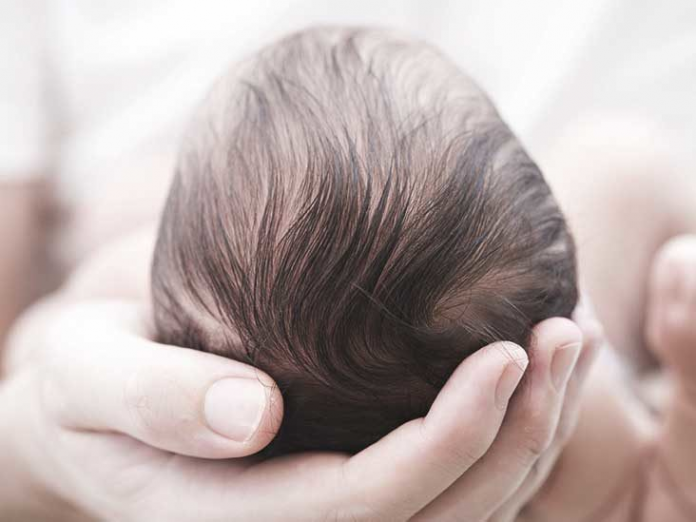Chiari malformation or malformations are when the spinal cord tissue extends into the spinal canal. These are structural defects in the skull and cerebellum.
Normally, the cerebellum and upper parts of the brainstem lie above a hole in the skull that allows the spinal cord to pass through, known as the foramen magnum. It is a Chiari malformation when the cerebellum extends below the foramen to the upper spinal cord.
These can occur when a part of the skull is smaller than it would normally be or is misshapen, causing the cerebellum to be pushed down.
Chiari Malformation Prognosis
There are cases in which those affected hardly notice related symptoms, and in others, the disease becomes a progressive disorder that can cause serious problems. Some of them are the following:
- Syringomyelia – a cyst or cavity forms inside the spinal column
- Hydrocephalus: there is an accumulation of fluid in the brain that may require the implantation of a fistula to drain the cerebrospinal fluid
- Spina bifida: in this case, the covering of the spinal cord itself does not fully develop.
- Tethered spinal cord syndrome: The cord is attached to the spine, stretching the cord. Severe nerve and muscle damage in the lower body may occur.
- spinal curvature
Chiari malformation symptoms
People with Chiari malformations may not have symptoms throughout their lives. In turn, it should be noted that the symptoms can change in each person, depending on the state of the tissues accumulation of pressure of the cerebrospinal fluid.
Depending on the malformation, one can distinguish between the following types.
- Type I: The headache is frequent and intense in this malformation type and usually appears after a sneeze or cough. Type I malformations are the following:
- Coordination problems in the hands
- Numbness of hands and feet
- tingling
- dizziness
- Difficulty to swallow
- nausea and vomiting
- Vision problems; blurred or double vision
- Ringing in the ears
- Soft spot
- slow heart rate
- Scoliosis
- Alterations in breathing
- Type II: In this case, the amount of tissue that goes down the spinal canal is greater than in type I. The spinal cord and spinal canal were not closed properly before the patient was born.
- Changes in the way you breathe
- Gagging, difficulty swallowing.
- rapid downward eye movement
- upper extremity weakness
- Type III: It is one of the most serious types. In these cases, part of the cerebellum or brainstem extends through an abnormal opening behind the skull.
Medical tests for Chiari malformation
To diagnose these problems, the specialist will perform a physical examination of the patient. Some tests to diagnose the problem are:
- magnetic resonance imaging
- Computed Tomography Scan
The pressure of the cerebellum on the spinal cord can cause signs of neurological problems.
Treatment of Chiari malformations
The most common surgery to treat malformations is posterior dosa decompression, an intervention that creates space for the cerebellum while releasing pressure on the spinal cord. The surgery is a craniectomy, from which a bony portion is removed, which will help restore the flow of cerebrospinal fluid.
If the brain and spinal cord remain tight, the specialist can perform electrocautery to remove the tonsils from the brain and free up space.
Babies and children with myelomeningocele may need an operation to reposition the cord and close the opening in the back, with prenatal surgery being more effective than once it is born.
For its part, hydrocephalus can be treated through a tube that drains the excess fluid.
The third ventriculostomy is an alternative procedure for people with hydrocephalus. This process improves the flow of cerebrospinal fluid out of the brain and lets fluid out through a hole.


